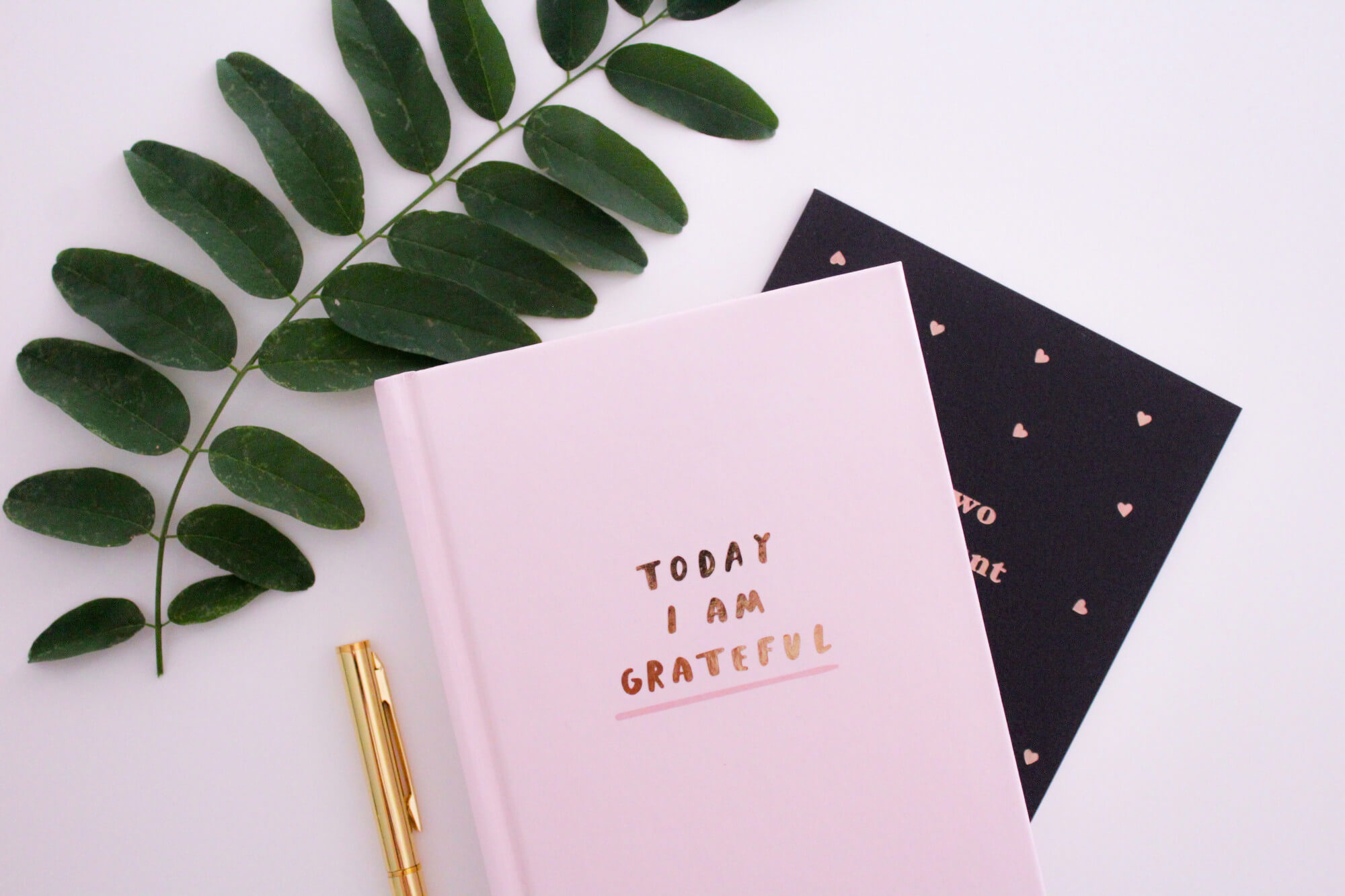Last week I wrote about how I use Daily Journals in Obsidian. Be sure to check that article out if you’re interested in the practical side of how I journal. This week I’d like to talk more about why you might want to start journaling in Obsidian.
Journaling is an interesting topic to me. I’ve been journaling for over a decade now, and here are a few of the benefits that I’ve found:
- It helps you remember and document important events in your life
- It helps you reflect on your life
- It helps you practice your writing skills in a private environment
- It helps you think more clearly about your life
I love looking back on my earlier journals. It reminds me how far I’ve come, while at the same time reminding me of how far I still have to go. Looking back at your thoughts and goals from a decade ago is an experience that few people get, but everyone could benefit from it.
However, after writing daily journals for six years, I dropped the habit and had a hard time starting it up again. Why did I stop journaling? Two things I think:
- My earlier journals were inaccessible to me, which made it hard to see any benefit from journaling. Handwritten notes and journaling apps rarely make it easy to go back and see what you were doing “x” number of years ago.
- Journaling was never frictionless. Journal apps are notoriously single-purpose, and it became too easy for me to just ignore my journaling app.
My Journaling Journey
The “app” that allowed me to journal for six years wasn’t actually a journaling app, it was a service called iDoneThis. iDoneThis works via email: every day they send you an email that says “what did you do today?”, and you reply with your task completions (or in my case, journal entries).
This was a good system for me, because I go through my emails constantly. Even if I ignore the email on Monday, I’ll end up with two emails on Tuesday, and they’ll keep stacking up in the corner until I address them. This wouldn’t work for everyone, but it was highly effective for me: I would never allow more than two or three of those emails to stack up before I would address them.
The problem with iDoneThis is reporting. It’s a productivity tool, not a journal. So my journals would go into the void, and I would never see them again. At one time they implemented an “on this day” feature which showcased tasks from previous years, but they scrapped it, probably because few people used it.
To me, that’s an essential feature for any journal. You need to easily be able to access past journals, otherwise how will you learn?
Journaling Apps
So after six years with iDoneThis, I started looking into journaling apps. There are all sorts of pretty apps on iOS: Day One comes to mind. Journey is another. And there’s a lesser-known app called Diarly which I really liked for a while.
But none of these quite stuck for me. Part of the problem was notifications, the notifications were just too easy to ignore.
Another problem was the app itself, having a specific journaling app didn’t work well for me, because of the extra hurdle of opening an app that I wasn’t already using. It was hard to switch contexts and get into “journaling mode” when it’s an app you don’t use for anything else.
How is journaling in Obsidian better?
Obsidian fixes journaling for me in three key ways.
- I use Obsidian constantly. Most days I use Obsidian even more than my email client, which is saying something. This means if I skip a day of journaling, I’m reminded every time I check Obsidian (thanks to the Calendar plugin for the visual reminder)
- Obsidian makes it easy to enhance your journals with no extra effort. Journals in Obsidian are infinitely customizable. You can stick to plain text, or you can create a “Captain’s Log” with every detail of your day meticulously outlined. The choice is up to you.
- Obsidian journals are integrated with the rest of your notes. You can literally “tag” a date in another note, and that note will then show up inside your journal. Well integrated journals and notes are magic that I never knew I needed.
Conclusion
If you haven’t tried journaling in Obsidian, I recommend giving it a shot. Keep it simple at first: I started by writing down one highlight from my day, and that was it. As the years have progressed my journals have become more elaborate and more fine-tuned to do what I need them to do.


Leave a Reply